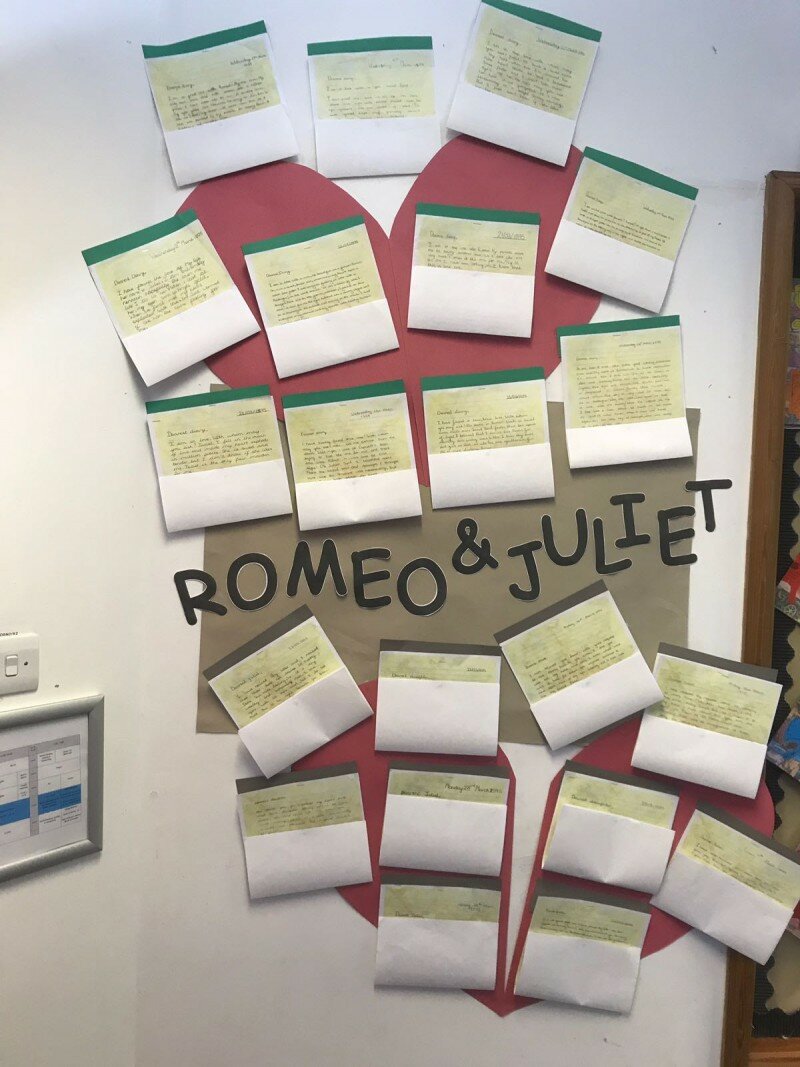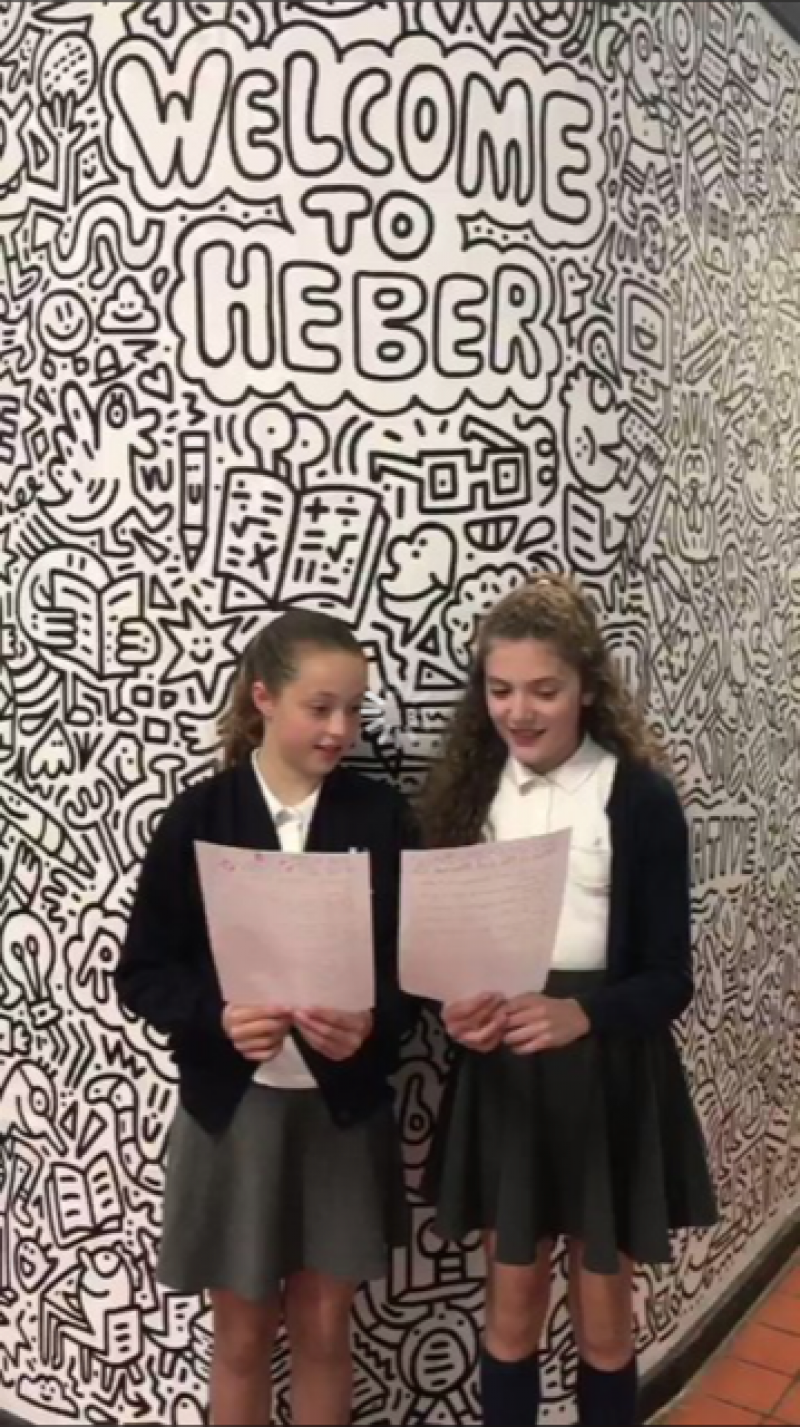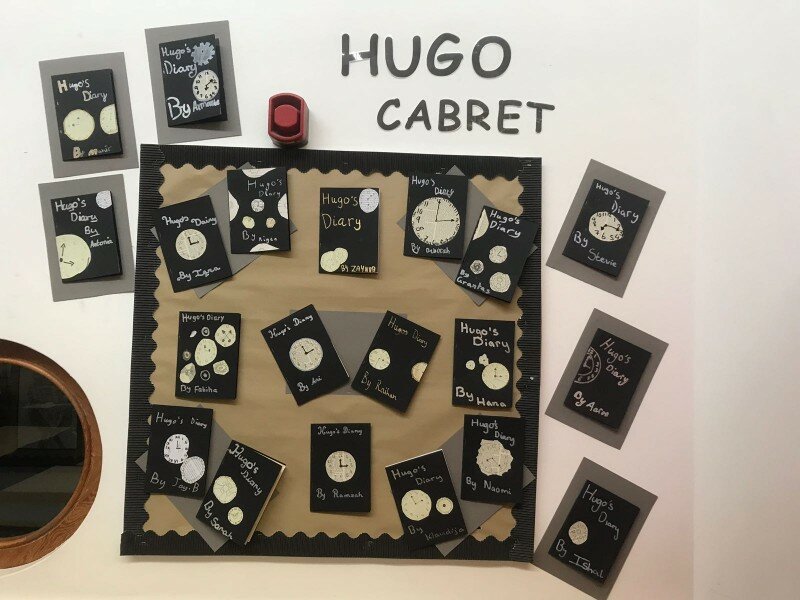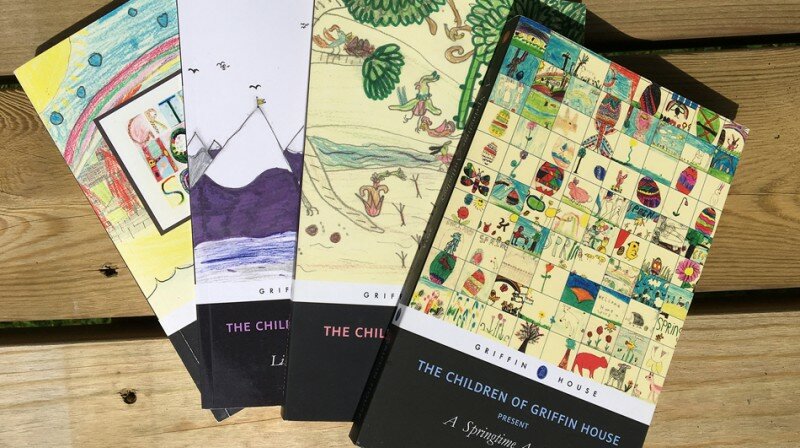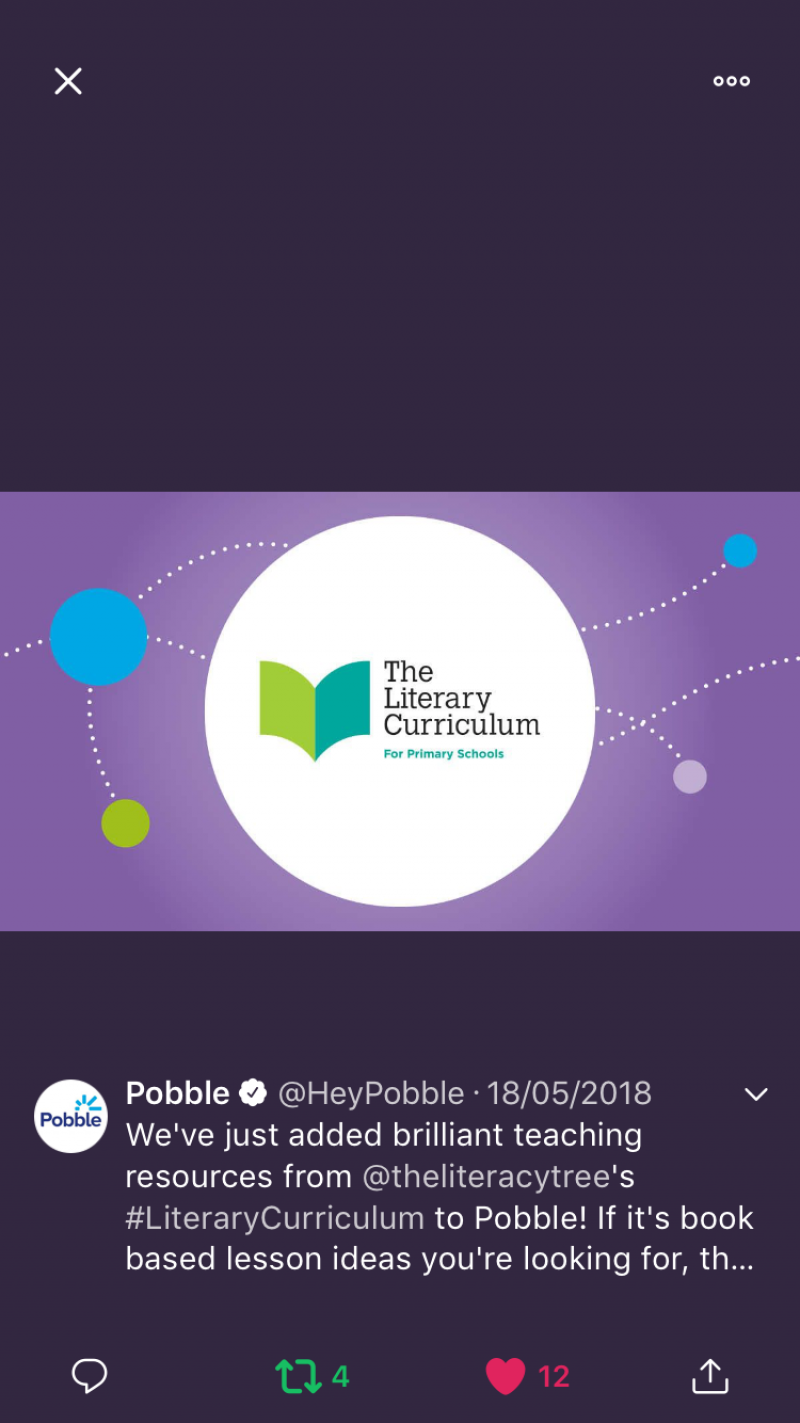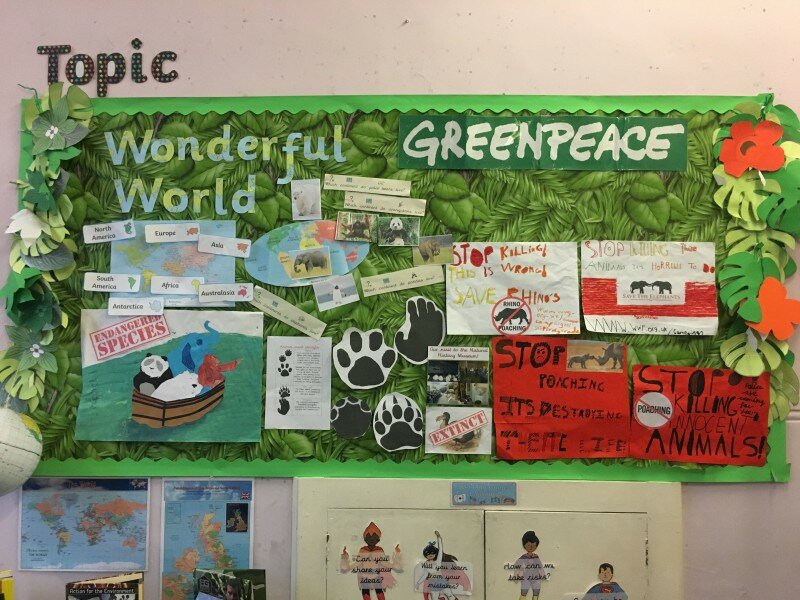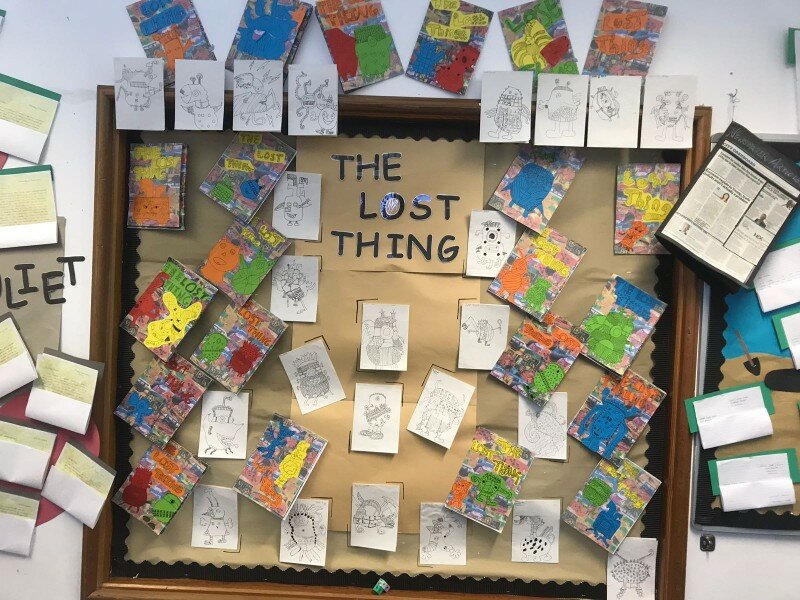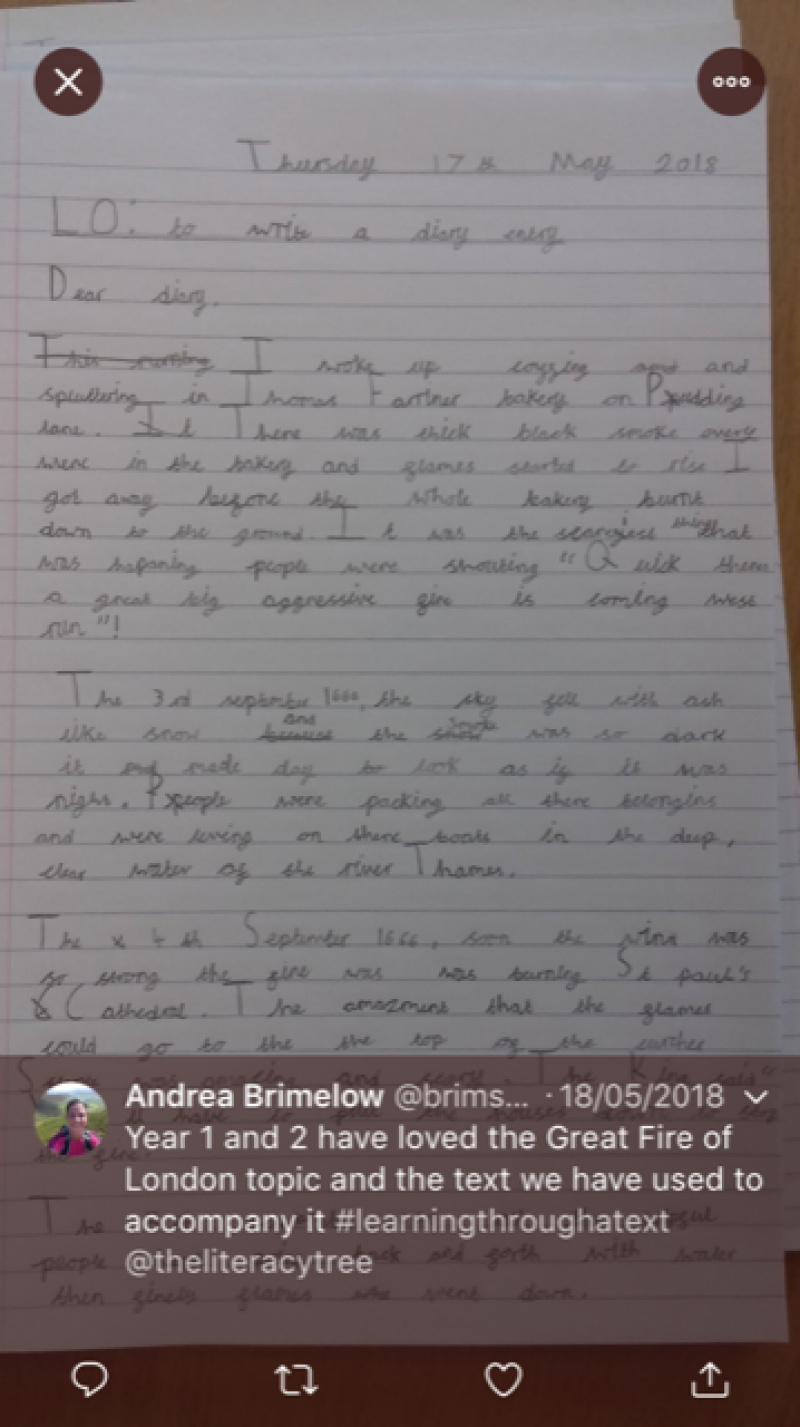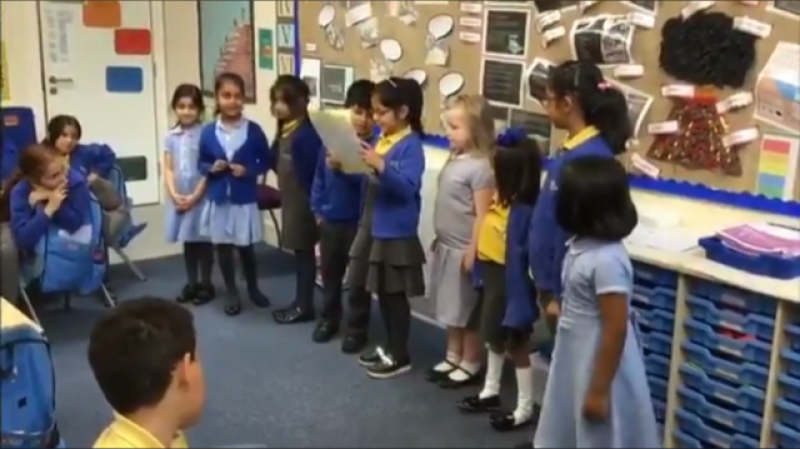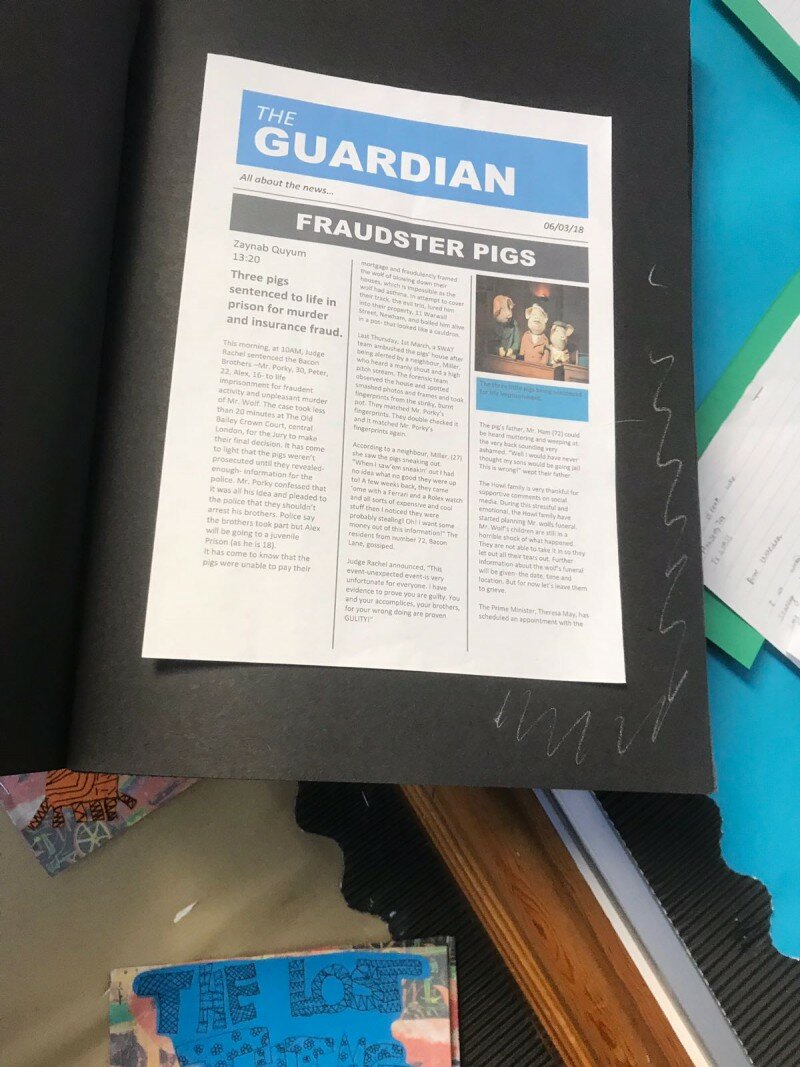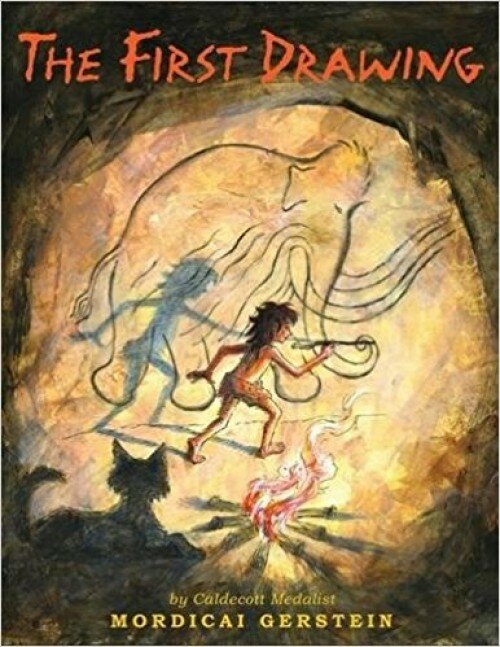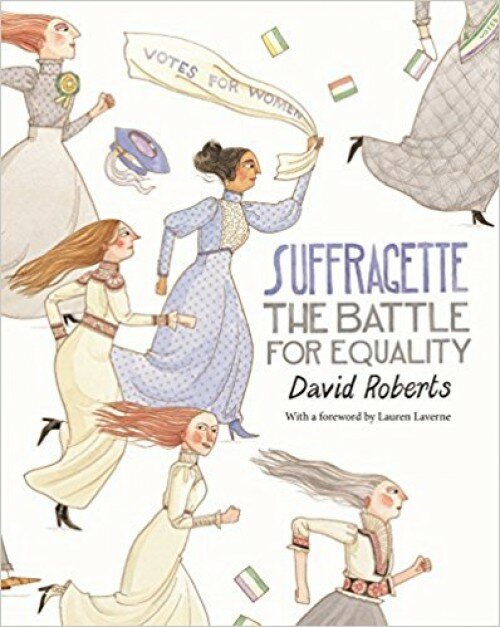14/06/2018
11 Reasons to Publish Children's Writing
The terms ‘publishing’, ‘published writing’ or ‘published outcomes’ are often bandied about – we’ve definitely been mentioning them a lot during our recent moderation visits, but what do they mean in real terms; why should we dedicate time to publishing in the classroom; and what are the best ways to achieve it? We explore some of the different forms of publishing and the reasons behind doing it here.
1_Purpose for Publishing:
- Publishing can take many forms and is so vital in a curriculum that promotes audience and purpose over ‘text-type and genre’. Publishing by its nature demands an audience – who will view your published work and where will it be displayed/presented? Who is it being created for? We always try to think carefully about audience and purpose when planning a sequence of work so that children never need to ask why they’re doing what they are doing: it could be a letter to the mayor to urge them to rid the town of rats or a sequel to a known story written as part of a competition set by the author (wink wink), but whatever it is it needs to be clear, feel real, and be explicit and tangible.
2_Planning for Publishing:
- Publishing can be performance, print, powerpoint, picture or film, it can be a pamphlet, poster or just a really nicely presented page! It can be online, or on a clothes line (hanging across the classroom). It can be blogged, vlogged, tweeted or grammed. It can go inside an envelope, a frame or a memory stick! Most importantly it needs to be somewhere other than just inside an exercise book. Once you’ve decided on what it’s going to look like, think about who it’s being written for – who’s going to see it or who will it be sent to? Who will you perform it in front of or who will come to see it?
3_Powerful and Pain-free:
- Publishing doesn’t have to be time-consuming and complicated – often the simplest of ideas are the most effective. Yes, it’s wonderful if children can be part of the (long) process of binding, sewing, screen-printing covers etc., but it really doesn’t need to be this difficult! A carefully folded piece of A3 paper can be all that’s needed to produce something unique.
4_People who Publish:
- There are several books about book-making, such as Paul Johnson’s Making Books. This is great for the novice and the step-by-step process is carefully broken down. Kathleen McCafferty’s Making Mini Books is great if you’re moving on from being a novice and you’re looking for something slightly more complex (and children love things made in miniature – especially if you’re making it for a Minpin!
5_Portals to Publishing:
- There are so many online resources that can support the publishing process, from Pobble (who promise to publish your work on their online platform for teachers and children to view – great for when you or your class need a WAGOLL!) to blurb.com who will create a beautiful, high-colour, bound book or Kindle Direct Publishing where your readers can actually buy the book through their Amazon portal (great for class books)! Make Our Book (makeourbook.com) is a particularly superb way of publishing children’s work and their outcomes are superb! Equally, as we said above, just tweeting or Instagramming your children’s writing can help it reach its intended audience.
6_Places to Publish:
- Hall and corridor displays are perfect for reaching an audience with most types of published writing – it’s a very immediate way for children to see their writing ‘up-in-lights’ and will be sure to be seen by children, parents and other teachers – and also makes for another great picture to tweet/instagram!
7_Permission to Publish:
- Take your time – we live in a world where we are under constant pressure to move on (to the next book, next objective or next topic!). This curriculum is freeing in that if we have hooked children in with the right context, we aren’t limited to remaining within the same genre for two, three, four weeks any more! In fact, we often hear of teachers using texts for whole half terms – so long as the children’s engagement is sustained, it’s fine to continue! With that in mind, this frees us up to make sure we get them to the published outcome instead of feeling we need to move on to something new! If children only ever see their writing in their books, they can easily ‘miss the point’ of writing.
8_From Planning to Publishing:
- Publishing gives children the chance to edit –the curriculum is clear about following the cycle of planning, drafting, editing, reviewing and publishing. If we don’t publish, we aren’t giving them exposure to this complete sequence. It’s so important that this sequence of learning is part of their journey through a book and they are being exposed to these opportunities and that they are part of the journey recorded in their books.
9_Pertinent Publishing:
- Publishing doesn’t only need to live at the end of a sequence of learning – it can be within and across. We often build up to a planned, drafted, edited and published piece at the end of a sequence and it can frequently make that memorable finish to a learning journey that we want, but publishing is not completely limited to this! Any writing throughout a sequence can be published, such as letters, diary entries (we love using different writing media for this – feather quills on parchment paper is a particular favourite!) to leaflets that are no more complicated than folding a piece of A4/A3 paper into 3 (landscape) and creating a ‘section’ on each page – perfect for those imagined non-fiction outcomes (How to Look After Your ‘Lost Thing’ anyone?). Just sticking an envelope into your book and using it to hold those letters (formal or informal – long or short) is a great way for children to store their memorable writing experiences.
10_Practice through Publishing:
- Publishing can be a chance for children to practice their presentation and particularly their handwriting. Whilst not always seen as the most crucial part of writing, it is important that children are given a chance to practice their presentation skills where they are not also having to think about composition, spelling, grammar, vocabulary and punctuation! So, if your children are sometimes scruffy during the drafting stage (which many will be!), publishing is the opportunity they might need to hone their handwriting skills and show you what they can really do! Publishing can also allow them to use writing and mark-making media they don’t usually use.
11_Presenting Publishing:
- In a world where we are often being monitored, either internally or externally, don’t forget that these are all perfectly important pieces of writing, and whilst moderators would want to see the process that led to the publishing, not the published pieces alone, don’t forget to make them part of children’s collections – if we show exercise books alone, we are only showing part of the picture.
Sequences
-
The First Drawing by Mordicai Gerstein
KS: LKS2 / UKS2, Lower KS2, R & KS1 / LKS2
Year Group: Year 3
More Info
Training
-
06 Sep
An Introduction to the Literary Curriculum
Suitable for: New teachers at existing Literary Curriculum schools, School leaders/English subject leaders
View Details -
12 Oct
-
19 Oct
